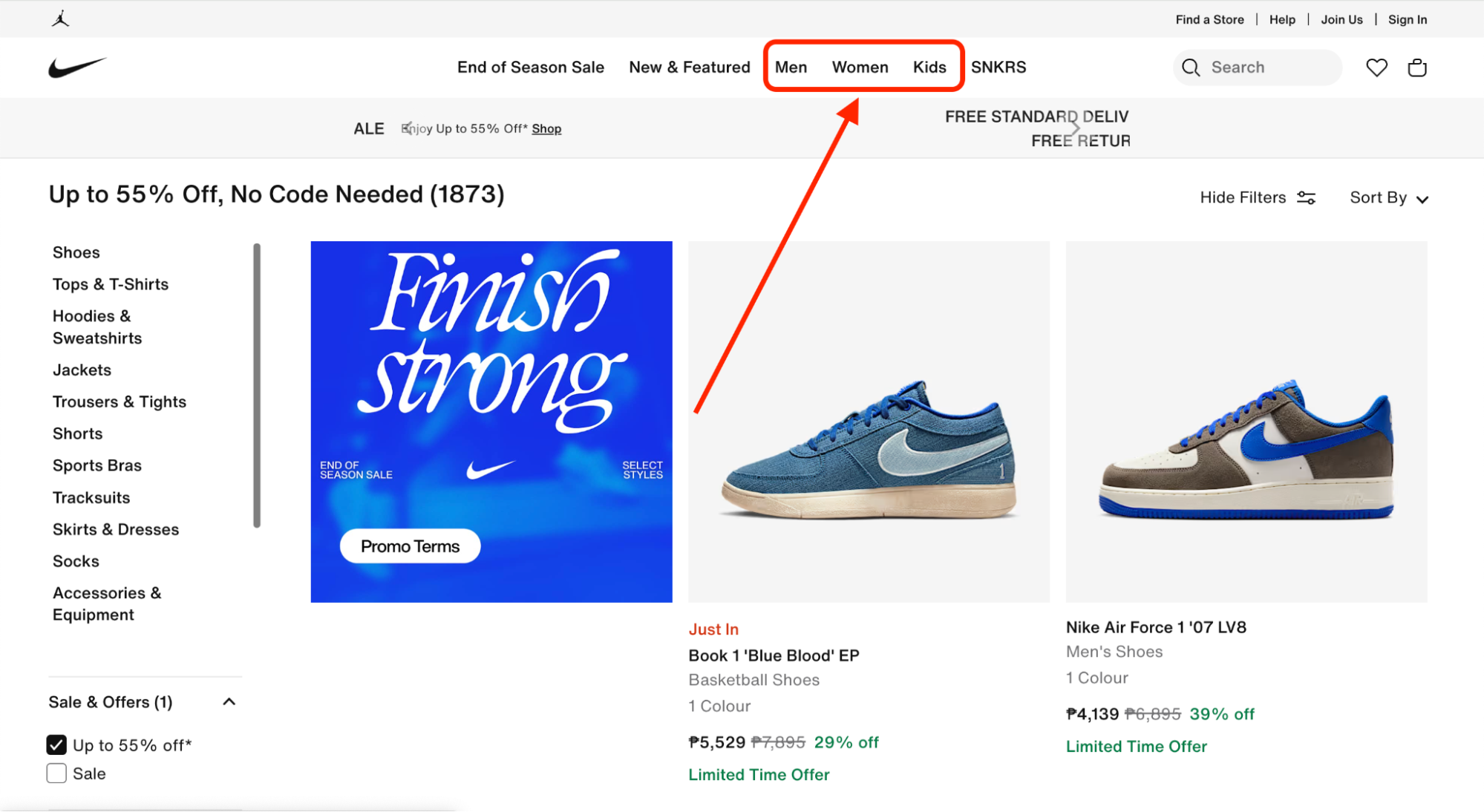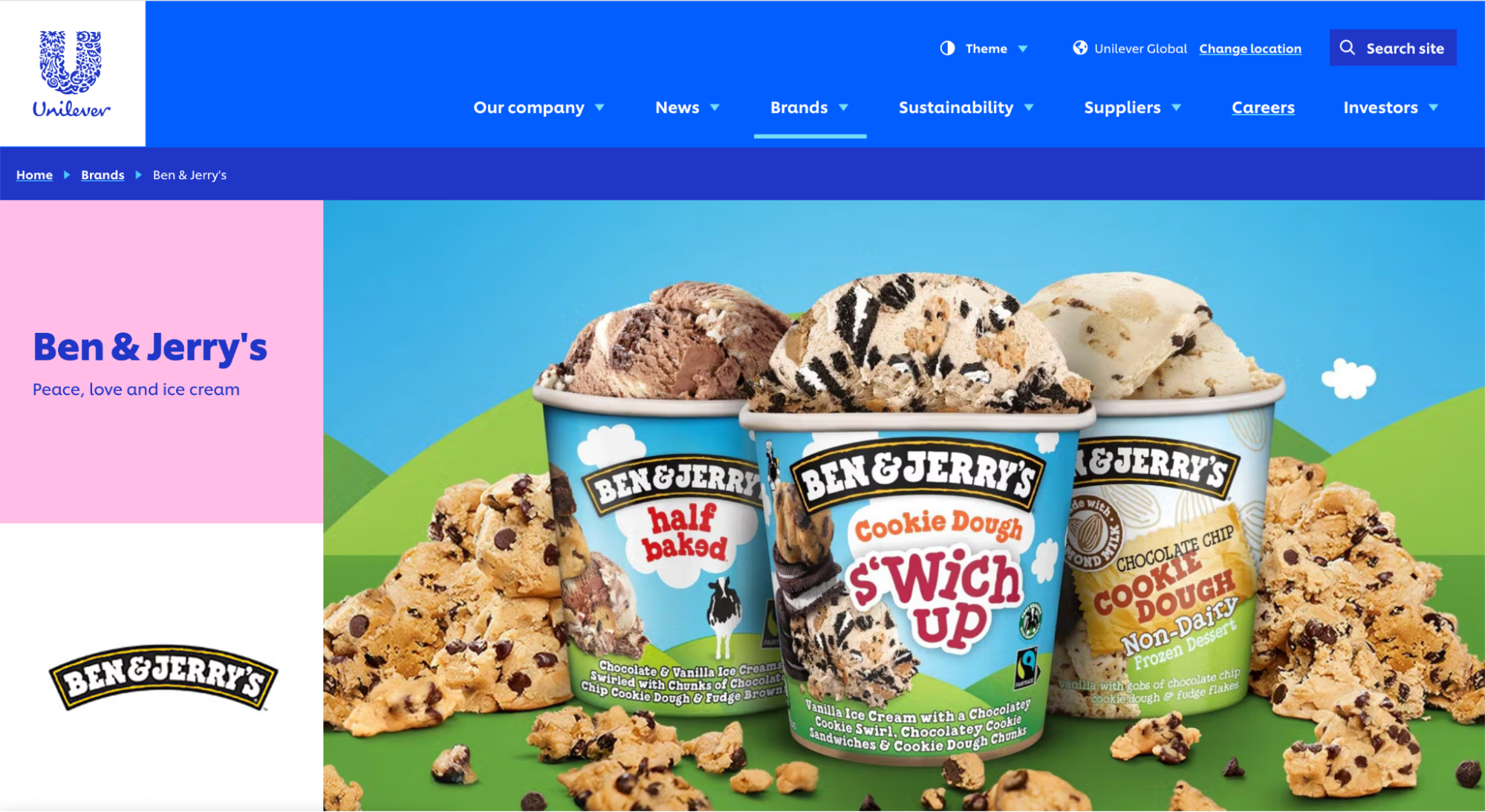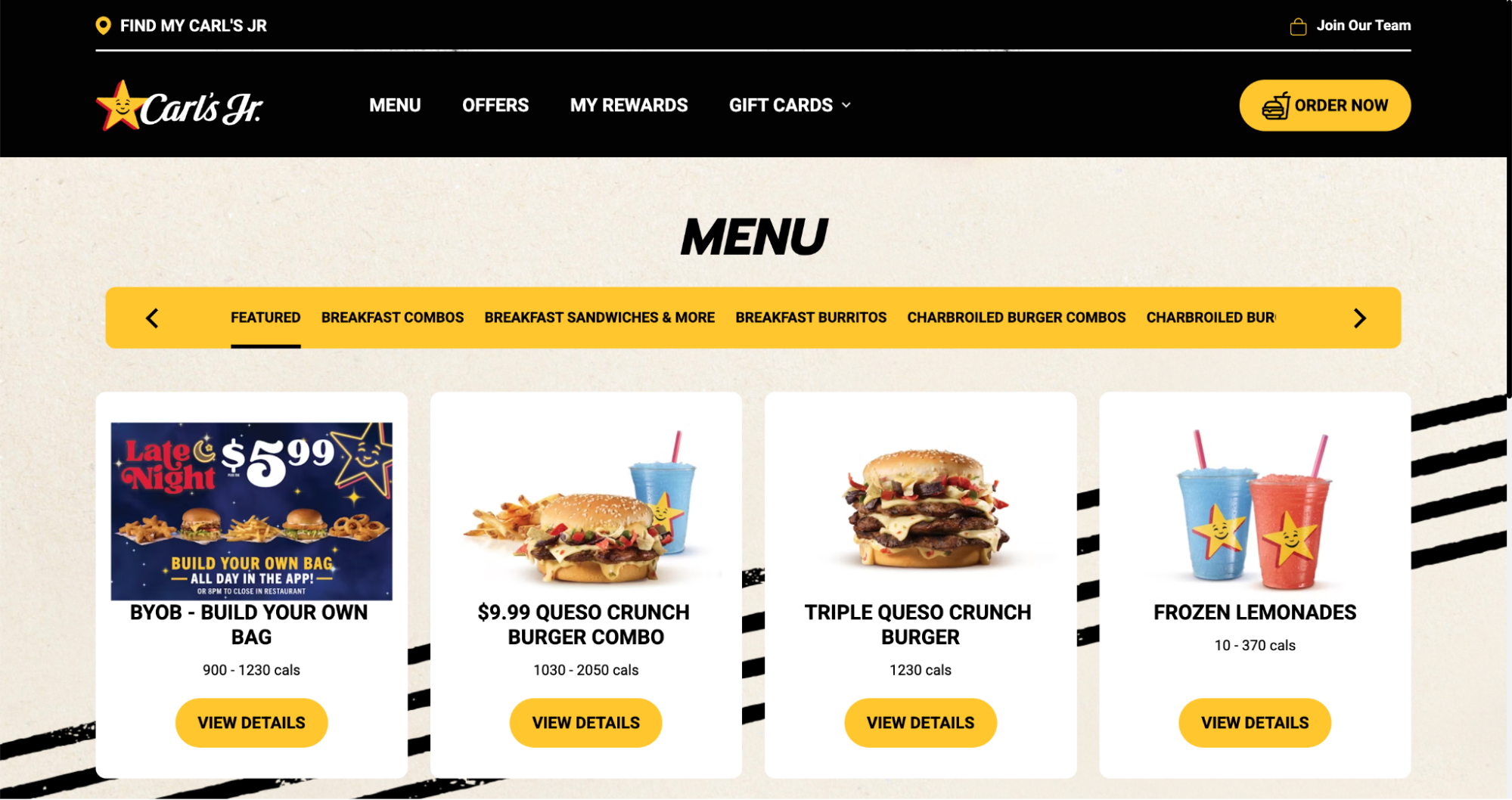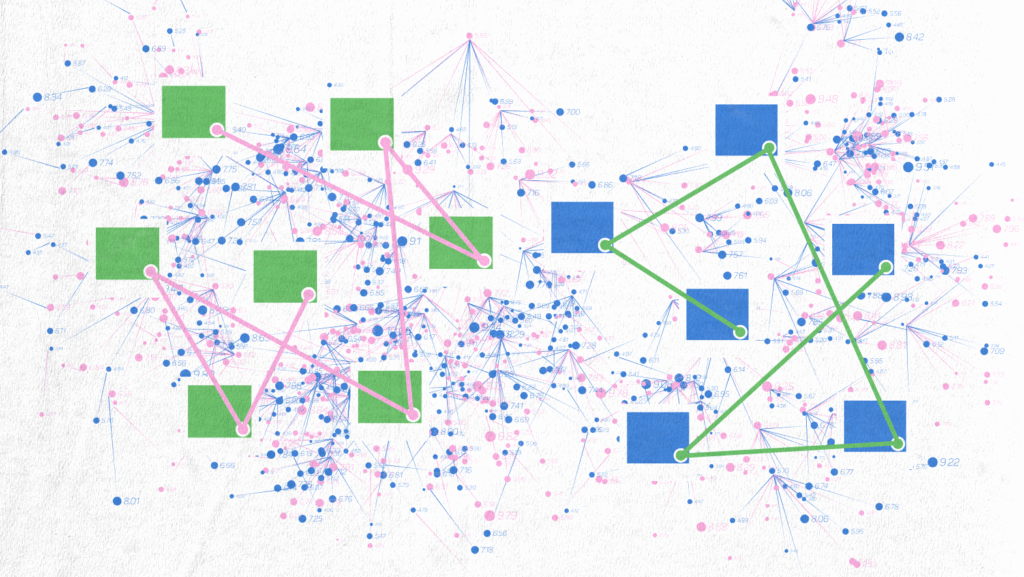When growth slows in your current market, the smartest move is market development – expanding existing products into new markets, a core concept in the Ansoff Matrix. Unlike costly product innovation, market development offers a more efficient path to growth by reaching new customer segments, demographics, or regions while reducing risk.
In this blog, I’ll show you how to build a successful market development strategy – from research and consumer insights to distribution and performance evaluation – so you can grow smarter and get ahead of the competition.
What Is a Market Development Strategy?
A market development focuses on selling existing products to new customers or markets. Instead of creating something new, you expand into fresh spaces where your product can succeed.
In the Ansoff Matrix, market development is one of four growth strategies, alongside market penetration, product development, and diversification. It focuses on expansion without a product overhaul.
Common goals include:
- Geographic expansion (e.g., launching in new regions)
- Targeting new customer segments (e.g., marketing energy drinks to older adults)
- Exploring new distribution channels (e.g., shifting from retail to e-commerce)
Ultimately, it’s about spotting opportunities and moving forward strategically, not blindly.
Why Market Development Matters
Market development can feel like a stretch, but it’s often the key to long-term growth. Expanding into new markets with an existing product helps companies evolve without reinventing the wheel.
Benefits
- New revenue streams: Reach fresh markets and reduce reliance on one source.
- Diversified customer base: Tap into different segments beyond your current audience.
- Resilience: Multiple markets protect you if one declines.
- Brand extension: Adapt your brand to local tastes while strengthening identity.
- Upselling opportunities: Build trust in new regions, then expand your offerings.
Risks and Challenges
- Compliance and culture: Regulations and norms vary; missteps can damage success.
- Brand dilution: Poor alignment weakens brand perception.
- High costs and logistics: Distribution, supply chains, and operations require heavy resources and planning.
Types of Market Development Strategies
An effective market development strategy isn’t one-size-fits-all. The right path depends on your goals, budget, and target audience. Here are the most common approaches:
Geographic Expansion
Enter markets you haven’t sold in before – abroad or closer to home. Big brands like IKEA and McDonald’s succeed by localizing products (e.g., McDonald’s McSpicy Paneer in India).
Demographic Expansion
Target new customer groups by age, gender, income, or lifestyle. If you’ve focused on Gen Z, tapping into Gen X could unlock fresh opportunities.
Industry Expansion
Adapt your product for new uses. A home air filter for allergies can also serve wildfire safety needs – opening a new segment without major changes.
Channel Expansion
Test new distribution methods. If you sell in stores, explore e-commerce, direct-to-consumer, omni-channel marketing, or local partnerships.”
Strategic Partnerships
Collaborate with complementary brands through licensing, co-branding, or alliances. Partnerships provide instant access to new audiences and shared resources.
Rebranding or Repositioning
Shift your message to attract different buyers. Strong brand positioning can help, such as repositioning a ‘premium’ product as ‘practical’ in emerging markets.
Penetration Pricing or Freemium Models
Lower entry barriers with competitive pricing or freemium offers. Netflix, for example, grew in India with low-cost mobile-only plans.
Market development isn’t just about going bigger – it’s about going smarter, tailoring strategies to your product, audience, and growth marketing goals.
How to Create a Market Development Strategy: Step-by-Step
Market development doesn’t happen overnight. It takes planning, data, and testing. Here’s a simple step-by-step process:
Step 1: Understand Your Current Market Position
Know your strengths, USP, customer feedback, and market share. This will clarify what’s ready to scale and what needs refining.
Step 2: Identify Market Development Opportunities
Run a SWOT analysis. Look for gaps – new markets, demographics, or use cases competitors are missing.
Step 3: Conduct Market Research
Use surveys, focus groups, interviews, industry reports, and tools like Porter’s Five Forces. Benchmark against competitors to understand consumer behavior and competition.
Step 4: Set SMART Goals
Make goals Specific, Measurable, Attainable, Relevant, and Time-bound. Example: “Increase sales 20% in Southeast Asia by Q4.”
Step 5: Allocate Resources & Budget
Plan for money, time, people, and tools. Budget for localization, tech, and marketing and weigh short- vs. long-term ROI.
Step 6: Build Your Go-to-Market Plan
Align teams across sales, marketing, operations, and product. Define messaging, decide on tweaks, and choose entry models (DTC, distributors, licensing). Stay flexible.
Step 7: Execute the Strategy
Launch campaigns, train teams, and distribute products. To adapt quickly, start small with pilots, A/B testing, and agile methods.
Step 8: Monitor, Measure, and Adapt
Track key metrics:
- Conversion Rate – Are you resonating with the market?
- CAC – Does your customer acquisition strategy efficiently bring in buyers?
- LTV – Are they staying and spending?
- NPS – Are they satisfied and spreading the word?
- Market Share – Where do you stand against competitors?
- Behavior & Feedback – What signals product-market fit or adjustments?
Growth isn’t “set and forget.” It’s test, learn, adapt, and repeat – turning strategy into scalable success.
Market Development Tools & Templates
| Tool | Purpose | How It Helps |
| SWOT Analysis | Assess strengths, weaknesses, opportunities, and threats. | Identifies what to build on, where to improve, and which markets to target. |
| Market Segmentation Map | Break markets into customer groups, regions, or behaviors. | Brings focus and clarity before committing resources. |
| Persona Builder | Define customer needs, habits, and pain points. | Refines messaging to connect with the right audience. |
| Marketing Strategy Canvas | Visualize messaging, pricing, channels, and positioning. | Keeps strategy aligned and ensures all elements support growth goals. |
| Go-to-Market (GTM) Checklist | Guide pre-launch prep, execution, and post-launch tracking. | Ensures nothing is overlooked during expansion. |
These tools turn abstract strategy into actionable steps, making market development more structured and sustainable.
Real-World Examples of Market Development
Market development strategies are the ones aimed at new markets or new consumer segments using either existing products or slightly modified ones. The following are real-world examples of how some of the world’s largest brands have done it – and what you can take away from their playbooks.
Nike: Demographic & Geographic Expansion via Partnerships

Nike entered markets like China, India, and Brazil by partnering with local athletes, retailers, and sports leagues.
This gave the brand cultural relevance and reach. Beyond athletes, Nike expanded into new demographics – women, kids, and lifestyle audiences – through targeted campaigns and product lines.
Coca-Cola: Localization & Diversified Marketing

Coca-Cola tailors products to local tastes, such as Thums Up in India or Mezzo Mix in Germany. Its “Share a Coke” campaign personalized bottles with local names, creating engagement across multiple markets and strengthening brand connection.
McDonald’s: Local Product Customization

McDonald’s adapts menus to regional preferences, from McSpicy Paneer in India to Teriyaki Burgers in Japan and McArabia in the Middle East. These local innovations build loyalty and deepen market penetration.
Unilever: Adjacent Category Development

Unilever expanded beyond personal care into adjacent categories like ice cream (Ben & Jerry’s) and hair care (TRESemmé). By leveraging brand trust and distribution networks, it successfully reached new but related customer segments.
Popeyes: Demand Spikes & Media-Driven Development

In 2019, Popeyes launched its chicken sandwich, sparking viral demand and media buzz. The momentum fueled rapid expansion across locations and markets, showing how media-driven demand can power growth.
Carl’s Jr. / Hardee’s: Brand Expansion via Acquisition

Carl’s Jr. expanded by acquiring Hardee’s, combining strengths in the U.S. West and East. This acquisition allowed menu improvements, strategic alliances, and broader market presence.
Common Mistakes to Avoid
Market development is exciting, but hype can push businesses to expand too fast and waste resources. Here are the biggest pitfalls to watch for:
Expanding Without Validated Demand
Success in one market doesn’t guarantee success in another. Always validate demand with research. If there’s no proven customer need, you’re gambling – not strategizing.
Copy-Pasting Messaging Without Localization
Campaigns rarely work when simply duplicated. Localization means adjusting language, visuals, tone, and even product features to fit cultural norms. Without it, your message risks falling flat – or offending.
Underestimating Regulatory or Cultural Barriers
Each market has its own rules and sensitivities. Ignoring them can quickly and expensively sink your efforts. Consult local experts and prepare thoroughly before entry.
Poor Resource Alignment or Unscalable Operations
A great strategy fails without the proper support. Expansion requires budget, staff, logistics, and substantial business process improvement. Stretching resources too thin risks poor customer experiences and brand damage. Plan for scalability, not burnout.
Avoiding these mistakes will not make your strategy perfect, but it will make it prepared, and that’s what drives sustainable success.
Frequently Asked Questions
How long does it typically take to see results from a market development strategy?
What’s the difference between market development and diversification?
Can small businesses benefit from market development, or is it just for big brands?
How do I choose the right market for expansion?
What metrics should I prioritize when tracking market development success?
Final Thoughts: Strategy That Scales
Market development is a powerful way to grow – if done with intention. Success requires research, agility, and alignment across teams. Markets shift, customer behavior evolves, and distribution channels change, so your strategy must adapt quickly.
With cross-functional ownership and shared accountability, market development becomes more than an expansion tactic – it transforms into a scalable growth engine. Done right, it’s not about chance; it’s about building a deliberate, data-driven path to lasting growth.












